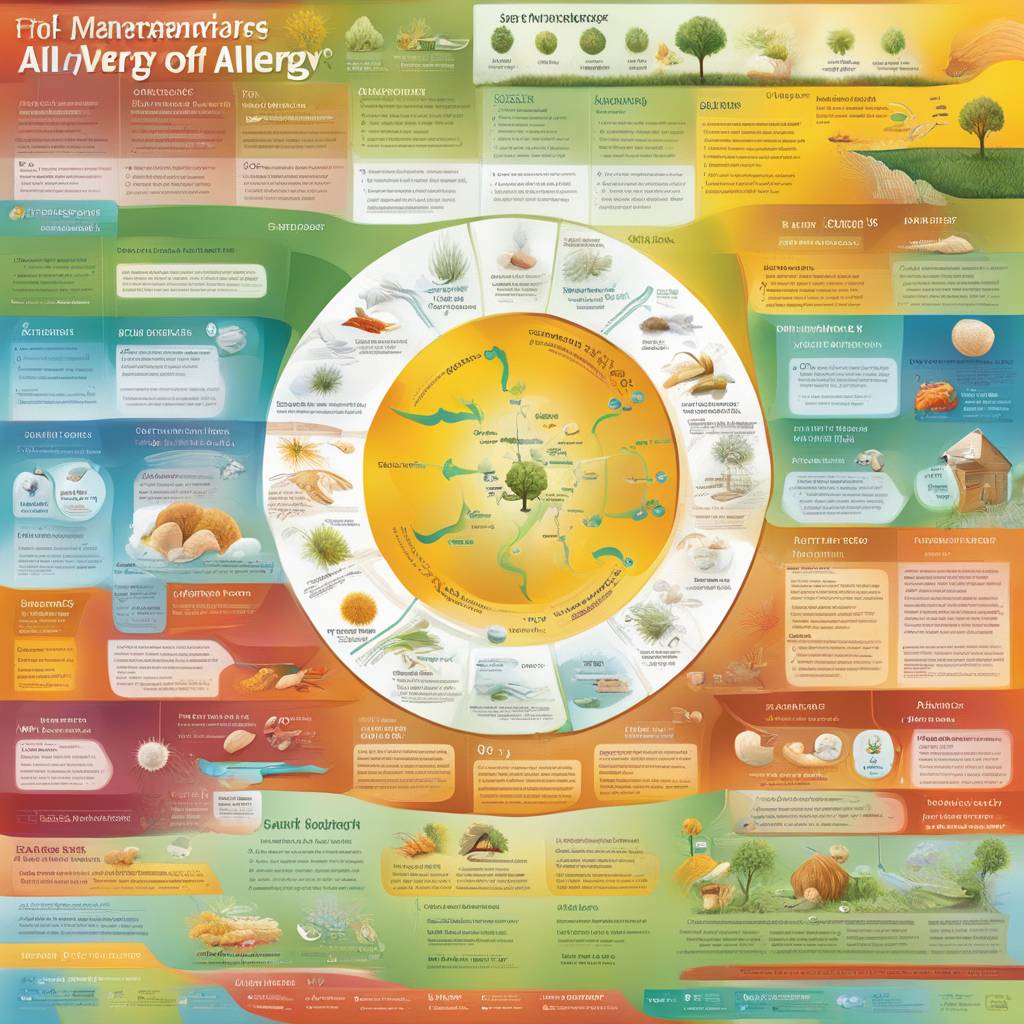Seasonal allergies are caused by pollen and other tiny particles that trigger inflammation in the body. Up to 60 million people in the US experience symptoms of allergic rhinitis each year, such as sneezing, runny nose, and congestion. Pollen from trees, grasses, and weeds is a common trigger for seasonal allergies, with symptoms also manifesting in the eyes and other areas. While most symptoms are common, less common ones can include wheezing, coughing, and a sudden lack of exercise endurance. It’s important to differentiate between allergy symptoms and those of a cold, flu, or COVID-19.
Symptoms of seasonal allergies may vary depending on your specific triggers, which can include tree pollen in spring, grass pollen in summer, and weed pollen in fall. Winter allergies may be caused by indoor allergens like dust mites, mold, or pet dander. It’s crucial to properly diagnose and treat allergies, which may involve over-the-counter medications, nasal steroid sprays, or allergy shots prescribed by a doctor. Additionally, avoiding allergens by keeping windows shut, using air purifiers, wearing dust masks, and checking pollen forecasts can help reduce exposure.
Understanding the timing of your symptoms is key to identifying seasonal allergies, as they typically occur at the same time each year. While most people experience allergic rhinitis in spring and fall, triggers can vary based on location and individual sensitivities. Monitoring pollen levels using apps like Zyrtec AllergyCast can help determine when to avoid outdoor activities. Managing allergies may involve lifestyle changes such as showering at the end of each day to remove pollen from clothes and skin, or using medication to alleviate symptoms.
Common symptoms of seasonal allergies include sneezing, watery or itchy eyes, runny nose, congestion, postnasal drip, itchy throat, and puffy eyelids. Less common symptoms such as wheezing, coughing, and decreased exercise endurance can also indicate allergic reactions. It’s essential to consult a doctor if experiencing any symptoms to rule out other medical conditions. Differentiating between allergy symptoms and those of a cold or COVID-19 is crucial for proper diagnosis and treatment. By understanding the triggers and timing of seasonal allergies, individuals can better manage their symptoms and improve their quality of life.


